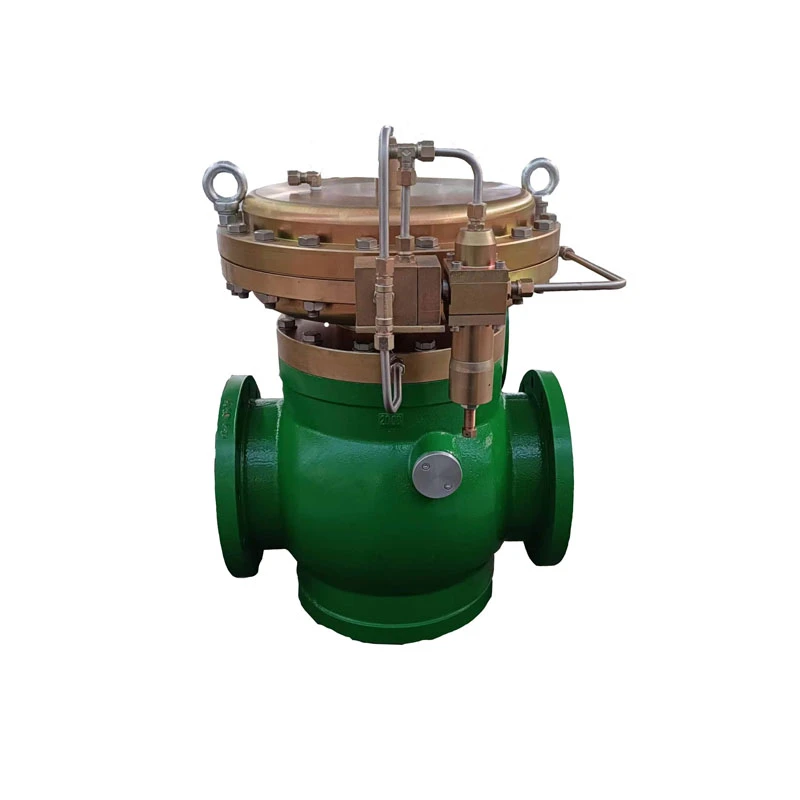
Dec . 05, 2024 06:41
Back to list
Coalescing Filters for Enhanced Data Processing Efficiency and Performance
Understanding Coalescing Filters An Overview
In various industrial applications, the efficiency of fluid processing systems is critical to performance and safety. One of the essential components that contribute to the effectiveness of these systems is the coalescing filter. Coalescing filters play a pivotal role in separating and removing water and other particulates from fuels and lubricants, ensuring that systems operate optimally. This article explores the function, design, and benefits of coalescing filters in modern applications.
What Are Coalescing Filters?
Coalescing filters are specialized filters designed to capture and remove small droplets of water and particulates from liquids, particularly fuels and oils. The term coalescing refers to the process of merging small droplets into larger ones, making it easier to separate them from the bulk liquid. When fluids containing water and solid contaminants flow through a coalescing filter, the smaller water droplets coalesce together, forming larger droplets that can be removed more efficiently.
These filters usually consist of a series of filtration media that allow for the selective capture of unwanted particles while permitting the passage of the desired fluid. The design of a coalescing filter typically includes a pre-filter to remove larger solid particles before they reach the coalescing media, ensuring that the effectiveness of the filter is maximized.
How Do Coalescing Filters Work?
The operation of a coalescing filter can be broken down into several key steps
1. Filtration Fluid enters the filter and passes through a pre-filter stage where larger particles and debris are trapped. This initial filtration protects the coalescing media from clogging.
2. Coalescence As the fluid continues through the coalescing media, smaller water droplets adhere to the fibers of the media. This adhesion occurs because of the properties of the media, which are engineered to promote coalescence, allowing droplets to merge into larger ones.
3. Separation Once the water droplets grow large enough, gravity assists in their separation from the fuel or oil. The larger water droplets settle at the bottom of the filter housing, where they can be drained or removed at regular intervals.
coalescing filter

Benefits of Coalescing Filters
Coalescing filters offer several important advantages that make them indispensable in many industries
1. Enhanced Performance By effectively removing water and particulates, coalescing filters enhance the performance and longevity of engines, turbines, and machinery. Clean fuels and lubricants are essential for reducing wear and tear, thereby improving efficiency.
2. Cost Efficiency Although there is an initial investment in coalescing filter systems, their ability to prevent damage and maintain system integrity often leads to long-term savings. Regular maintenance and replacement of filters can reduce unplanned downtime and costly repairs.
3. Environmental Protection Properly functioning coalescing filters help prevent fuel contamination and spills, reducing the environmental impact of industrial operations. Cleaner fuels contribute to lower emissions, aligning with increasing regulatory standards regarding environmental safety.
4. Versatility Coalescing filters are used in a variety of industries, including oil and gas, pharmaceuticals, and food processing. Their adaptability to different applications makes them a vital component in many fluid processing systems.
Conclusion
Coalescing filters are an essential technology in the fluid processing sector, providing reliable means of removing water and contaminants from fuels and lubricants. Their design and operation enhance system performance and reliability while offering cost and environmental benefits. As industries continue to seek ways to optimize operations and reduce emissions, the role of coalescing filters will undoubtedly become more significant, ensuring the integrity and efficiency of industrial processes for years to come.
Latest news
-
Safety Valve Spring-Loaded Design Overpressure ProtectionNewsJul.25,2025
-
Precision Voltage Regulator AC5 Accuracy Grade PerformanceNewsJul.25,2025
-
Natural Gas Pressure Regulating Skid Industrial Pipeline ApplicationsNewsJul.25,2025
-
Natural Gas Filter Stainless Steel Mesh Element DesignNewsJul.25,2025
-
Gas Pressure Regulator Valve Direct-Acting Spring-Loaded DesignNewsJul.25,2025
-
Decompression Equipment Multi-Stage Heat Exchange System DesignNewsJul.25,2025

